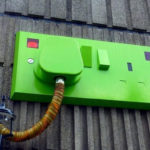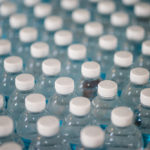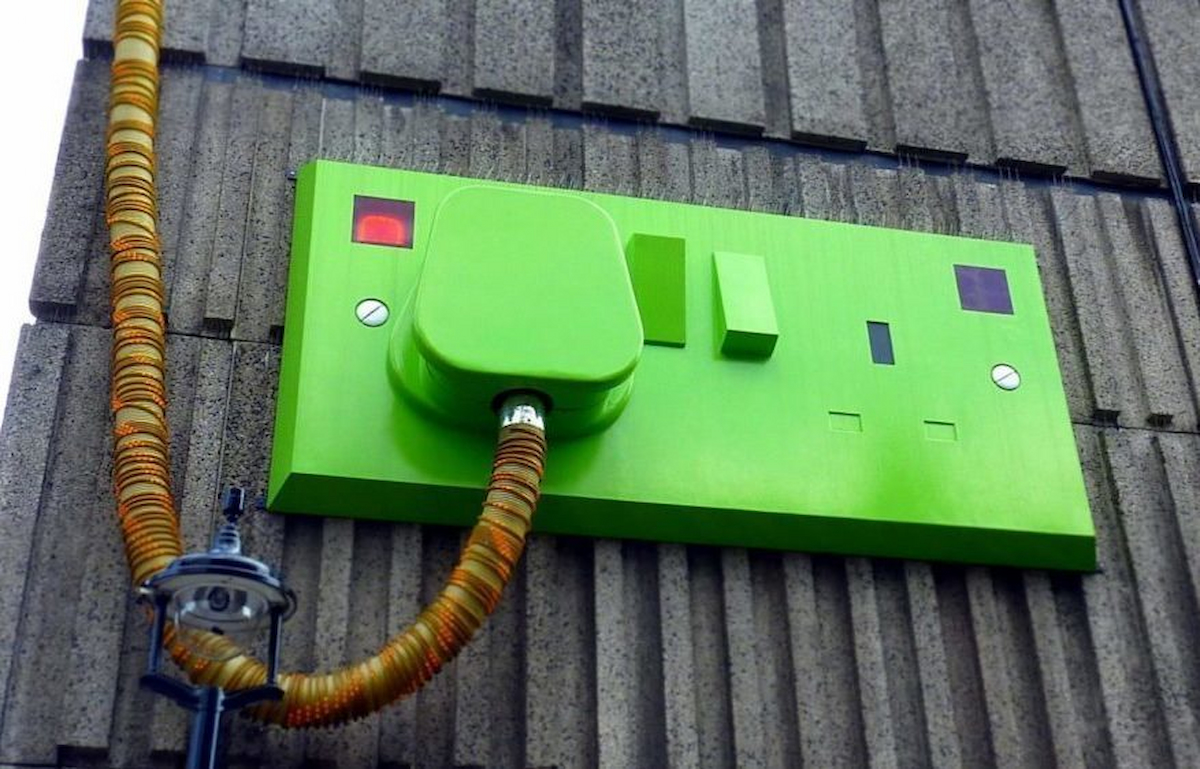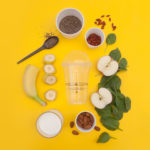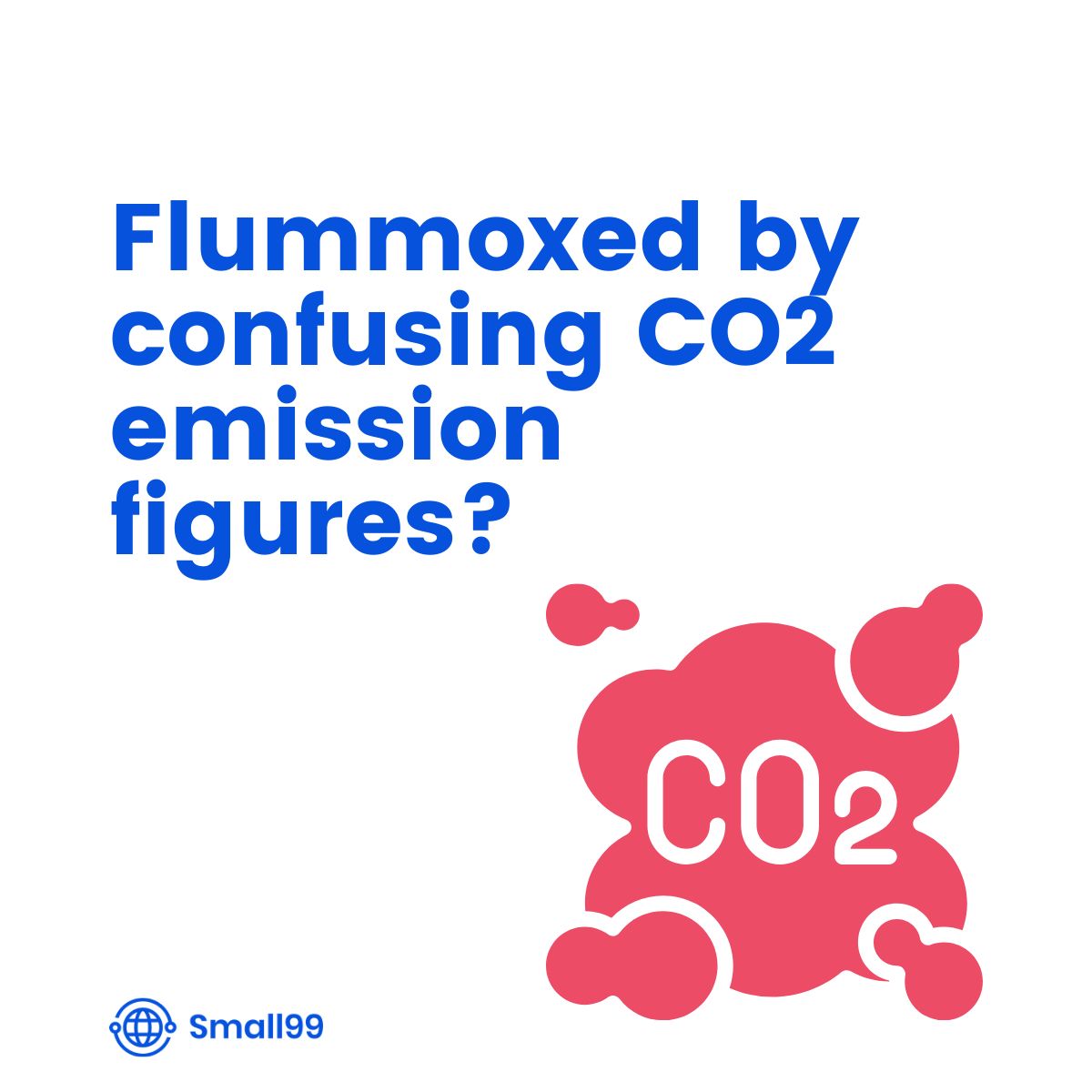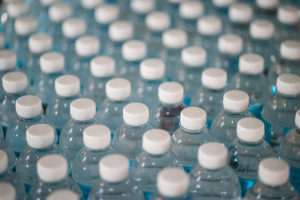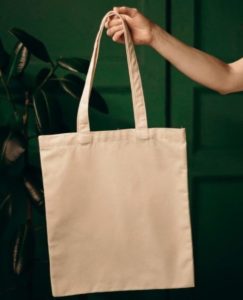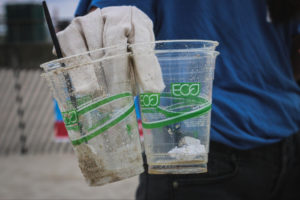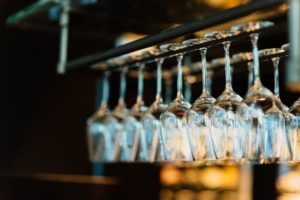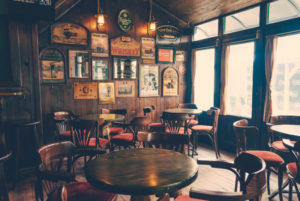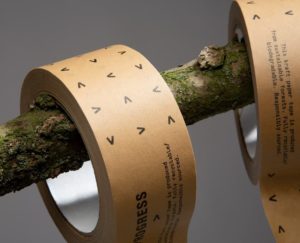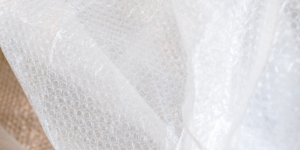In recent years, bagasse packaging has become popular as a green alternative to plastic tableware and takeaway boxes. In this article, we take a look at why your business should use bagasse to reduce your carbon footprint.
What is bagasse?
Bagasse, also known as megasse and sugar bagasse, is the plant fibre which is left behind after the sugar-bearing juice is extracted from sugarcane. As it is a waste product, it is renewable and sourced with little impact on the environment. Grown throughout the year, it is obtained after every sugarcane harvest; for every 100 tons of sugarcane stalks that are crushed, between 30 and 34 tons of bagasse are produced.


What is bagasse used for?
Bagasse has a wide variety of uses, for example as a fuel in sugar mills and in cattle feed. However, in the UK, it’s mainly used as a plastic-free alternative to disposable food containers and tableware.
Is it biodegradable?
Bagasse is 100% biodegradable; once you’re finished using it, there’s no need to worry about any negative effects it may have on the environment. It can be discarded with other household or commercial waste, and as it is exposed to microorganisms, fungi or bacteria, it will break down within 90 days without any further need for human interference. When compared with plastic, which can take up to 400 years to degrade, and Styrofoam, which never degrades, bagasse is one of the most environmentally friendly food packaging materials available.
Is it compostable?
Bagasse is compostable at home, though it breaks down more rapidly in commercial composting conditions, where it will compost within 60 days.
Is bagasse an alternative to plastic?
Definitely! Not only does bagasse have a far more limited impact on the environment, but it is also grease and water resistant, microwaveable, freezer-safe, and is also more insulating than plastic packaging.
What are the disadvantages of bagasse as a food packaging material?
In spite of its high level of resistance to both hot and cold temperatures, bagasse may lose some of its strength when used to hold foods hotter than 95 degrees Celsius. Otherwise, as a food packaging material, bagasse is faultless.
How much will using bagasse packaging instead of plastic and paper reduce my carbon footprint?
A 10-inch bagasse plate which weighs 22g has a carbon footprint of roughly 164g. This makes it a far greener option than a 9-inch polystyrene plate which weighs 10.8g and has a carbon footprint of nearly 6kg! However, at just 3.8g, a paper plate has by far the lightest carbon footprint. On the face of it, paper may seem like the greenest option; however, this doesn’t account for the many other damaging impacts that the paper industry has on the environment.
| Material | CO2 per Plate | Equivalent in Miles Driven |
|---|---|---|
| Polystyrene | 6KG | 18 Miles |
| Bagasse | 164g | 0.5 Miles |
| Paper | 3.8G* | ~0 |
Are paper plates Environmentally Friendly?
The paper industry is the 5th largest consumer of energy in the world and the production of a single A4 sheet requires 10 liters of water. Around 40% of the global industrial wood harvest is used to make paper, and when these trees are cut down, carbon dioxide is released into the air. This then acts as a greenhouse gas which accelerates global warming. If current deforestation rates continue, all the rainforests left on Earth will be destroyed within 100 years. Though paper degrades within a far shorter period of time than plastic, its decomposition emits methane, which absorbs heat extremely effectively and is 23 times more damaging to the environment than carbon dioxide.
Unlike plastic and paper, bagasse rapidly degrades and composts without releasing any harmful chemicals into its surrounding environment. What’s more, sugarcane acts as a carbon sink and expanding sugarcane production could help to cut carbon dioxide emissions by up to 5.2%. The production of bagasse itself may even reduce our carbon footprint; for every kilo of bagasse produced, 1.794kg of carbon dioxide is sequestered by sugarcane.
So, bagasse is eco-friendly and food-friendly – but where can you buy it? Below we have listed some of the main online retailers which you can order your bagasse tableware and food packaging from.
Where can I buy bagasse tableware and food packaging?
You can buy bagasse plates, bowls, takeaway boxes and more from:
Bagasse Plates & Bowls
Bagasse plates and bowls are popular at weddings, festivals and among street food vendors. Your eco-conscious customers will appreciate both the stylishness of these products and your commitment to reducing your carbon footprint.
- Decent Packaging
- Vegware
- Nisbets
- Cater 4 You
- Catering24
- Jenpak
- Starlight Food Packaging
- LondonBioPackaging
- Enviropack – plates, bowls
- Biopak
- GM Packaging
Bagasse Containers & Boxes
Bagasse containers are a fantastic option for chip shops and takeaways, thanks to their oil and grease resistant properties.
Buy From:
- Decent
- Vegware
- Nisbets
- Catering24
- Jenpak
- Starlight Food Packaging
- LondonBioPackaging
- Enviropack
- Biopak
- GM Packaging
Bagasse cups
Bagasse cups are highly resistant to heat, making them the perfect green alternative to plastic and paper disposable cups.

